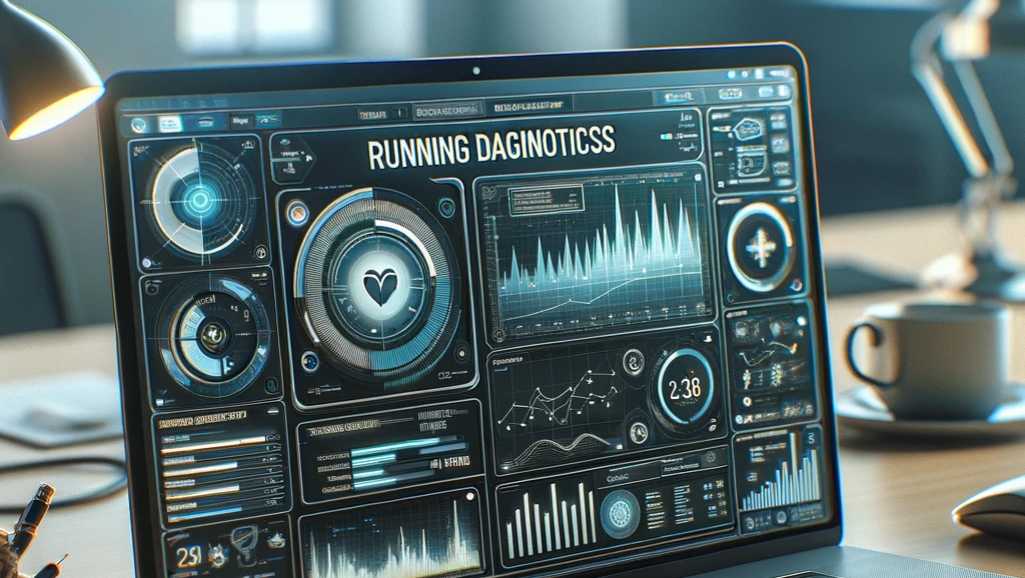
Asus laptop black screen fix
Asus Laptop Screen Not Working? Here’s How to Diagnose and Fix It Laptop screen issues can be frustrating, especially when your device powers on but


Source: OSXDaily
“Running Apple Diagnostics is a crucial step in troubleshooting hardware problems on your Mac. By following the above steps, you can quickly identify any underlying issues and take appropriate actions to resolve them.”

Source: Apple Support

Source: MacPaw

Source: wondershare
“Regularly updating your Mac’s software is crucial for maintaining optimal performance and security.” Expert Mac User.

Asus Laptop Screen Not Working? Here’s How to Diagnose and Fix It Laptop screen issues can be frustrating, especially when your device powers on but

Data Recovery from Damaged USB Drives: Step by Step Guide In an age where everything is digitised, USB flash drives remain a common storage medium

What to Do When You Lose Data After a System Crash: A Complete Guide for Singapore Users System crashes can happen when you least expect
|
*We are OPEN on 3 May 2025 (Polling Day). CLOSED ON 1 May 2025 (Labour Day) |